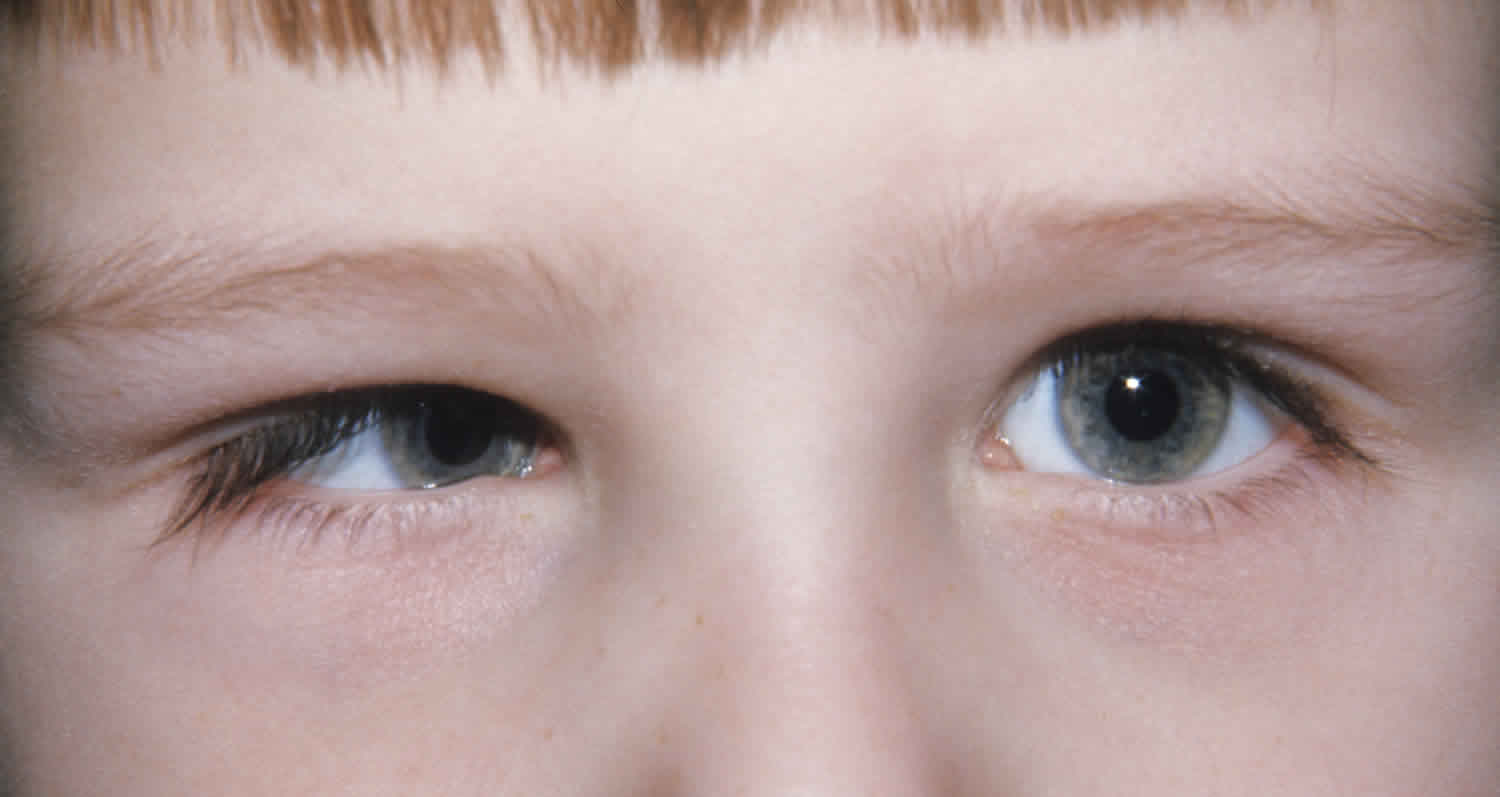
Exploring Restriction Syndromes: Duane’s and Brown’s Syndrome
Introduction: Restriction syndromes are a group of ocular motility disorders characterized by limited or restricted movement of the eye due to abnormalities in the extraocular muscles or their surrounding structures. Two common types of restriction syndromes are Duane’s syndrome and Brown’s syndrome. This article provides an in-depth examination of these conditions, including their clinical features, etiology, diagnosis, management, and potential complications.
Clinical Features:
- Duane’s Syndrome:
- Limited Abduction: Duane’s syndrome typically presents with limited abduction (outward movement) of the affected eye, leading to varying degrees of strabismus.
- Retraction of Globe: In primary position, the affected eye may demonstrate globe retraction and narrowing of the palpebral fissure (the opening between the eyelids).
- Abnormal Head Posture: Patients often adopt a compensatory head turn to minimize diplopia and maintain binocular fusion.
- Brown’s Syndrome:
- Limited Elevation in Adduction: Brown’s syndrome is characterized by limited elevation of the affected eye in adduction (inward movement).
- Suppression of Diplopia: Individuals with Brown’s syndrome may suppress diplopia by avoiding certain gaze positions or adopting a chin-up head posture.
Etiology:
- Duane’s Syndrome:
- Congenital Anomaly: Duane’s syndrome is believed to result from a congenital anomaly affecting the innervation of the extraocular muscles, particularly the abducens nerve (cranial nerve VI) and its associated nucleus.
- Fibrosis and Anomalous Innervation: Abnormalities in muscle development and innervation lead to fibrosis and anomalous innervation patterns, resulting in limited movement of the affected eye.
- Brown’s Syndrome:
- Mechanical Restriction: Brown’s syndrome is primarily caused by mechanical restriction of the superior oblique tendon or its trochlear (fourth cranial nerve) pulley system.
- Congenital or Acquired: The condition may be congenital, resulting from anomalies in tendon development, or acquired due to trauma, inflammation, or surgery affecting the superior oblique tendon.
Diagnosis:
- Clinical Examination: Diagnosis of Duane’s and Brown’s syndromes is primarily based on clinical examination, including assessment of ocular motility, cover testing, and evaluation of binocular function.
- Diagnostic Tests: Additional tests, such as forced duction testing, traction testing, and imaging studies (e.g., MRI or CT scans), may be performed to confirm the diagnosis and identify underlying anatomical abnormalities.
Management:
- Observation: In mild cases with minimal symptoms, observation may be sufficient, particularly if the condition is stable and does not significantly impact visual function.
- Prism Lenses: Prism lenses may be prescribed to alleviate diplopia and improve binocular vision by optically shifting the image to a non-foveal area of the retina.
- Surgical Intervention: Surgical correction may be considered for symptomatic cases or those with significant ocular misalignment. Procedures may include muscle recession, resection, or transposition, depending on the specific features of the restriction syndrome.
Complications:
- Persistent Diplopia: Despite treatment, some individuals may experience persistent diplopia, particularly if the deviation cannot be fully corrected or if compensatory mechanisms are insufficient.
- Amblyopia: Prolonged ocular misalignment in childhood may lead to amblyopia (lazy eye) and reduced visual acuity in the affected eye.
Conclusion: Restriction syndromes, such as Duane’s and Brown’s syndromes, pose unique challenges in diagnosis and management due to their complex etiology and variable clinical presentation. By employing a multidisciplinary approach that integrates clinical assessment, imaging studies, and tailored interventions, ophthalmologists can effectively diagnose and manage these conditions, optimizing visual outcomes and enhancing patient quality of life.
Reference Sites:
- American Association for Pediatric Ophthalmology and Strabismus (AAPOS) – https://www.aapos.org/
- American Academy of Ophthalmology (AAO) – https://www.aao.org/
- PubMed Central (PMC) – [Link to relevant research articles and clinical guidelines]
This article aims to provide a comprehensive overview of Duane’s and Brown’s syndromes, facilitating a deeper understanding of these restriction syndromes among expert ophthalmologists. Continued research and collaboration within the ophthalmic community are essential for advancing knowledge and refining treatment strategies for these complex ocular motility disorders.


